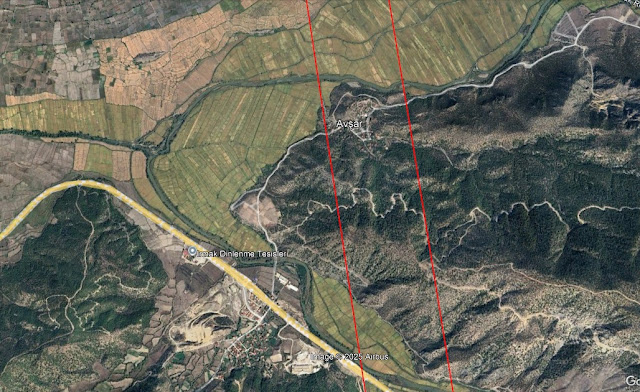I worked on the area along the top of this in
February of 2023, though it really doesn't feel like it was that long ago. This new manner of sketching out larger areas is certainly more efficient, though the hills and mountains of this particular section was... trying. The roads, though there were a lot of them, did tend to follow the valleys and therefore weren't as complex as some areas I've mapped. It's certainly interesting to be in Greece, which the southern half of this map covers. Thessalonika is just off the bottom of the map, not to be added (with the coast) until the next pass through this area. I hate to think that might not be until February 2028.
Which brings up a point, as always: will it ever be finished. The answer to that is no... and I do wish that more people could understand the fact of doing something for the pleasure of it, regardless of it's practicality, completeness or even it's value, really. I worked on D&D for myself and my players, with no expectation that anyone in the world would ever see it, for some 25 years... and never once thought, "Oh gee, what's the point of this, it'll never be a product and no one else other than I will ever see it." Simply wasn't a part of my consciousness.
There are things I make, obviously, that I'd like to be seen, but really, that can't apply to
everything in my life. I'm proud of many things that I keep private, that will never be seen here, or anywhere, that I spend time on, that are every bit as precious to me as these maps or any other thing I've written for the internet. It is a simple pleasure to design, study, copy and sketch out these maps. Sharing them here is really an afterthought.
At present, I'm a little excited to think that after about one and a half more passes at this country like the above, and I'll be able to start drawing out the east Adriatic coastline. I can feel my blood rush a little at the thought of it. How wonderful.




























